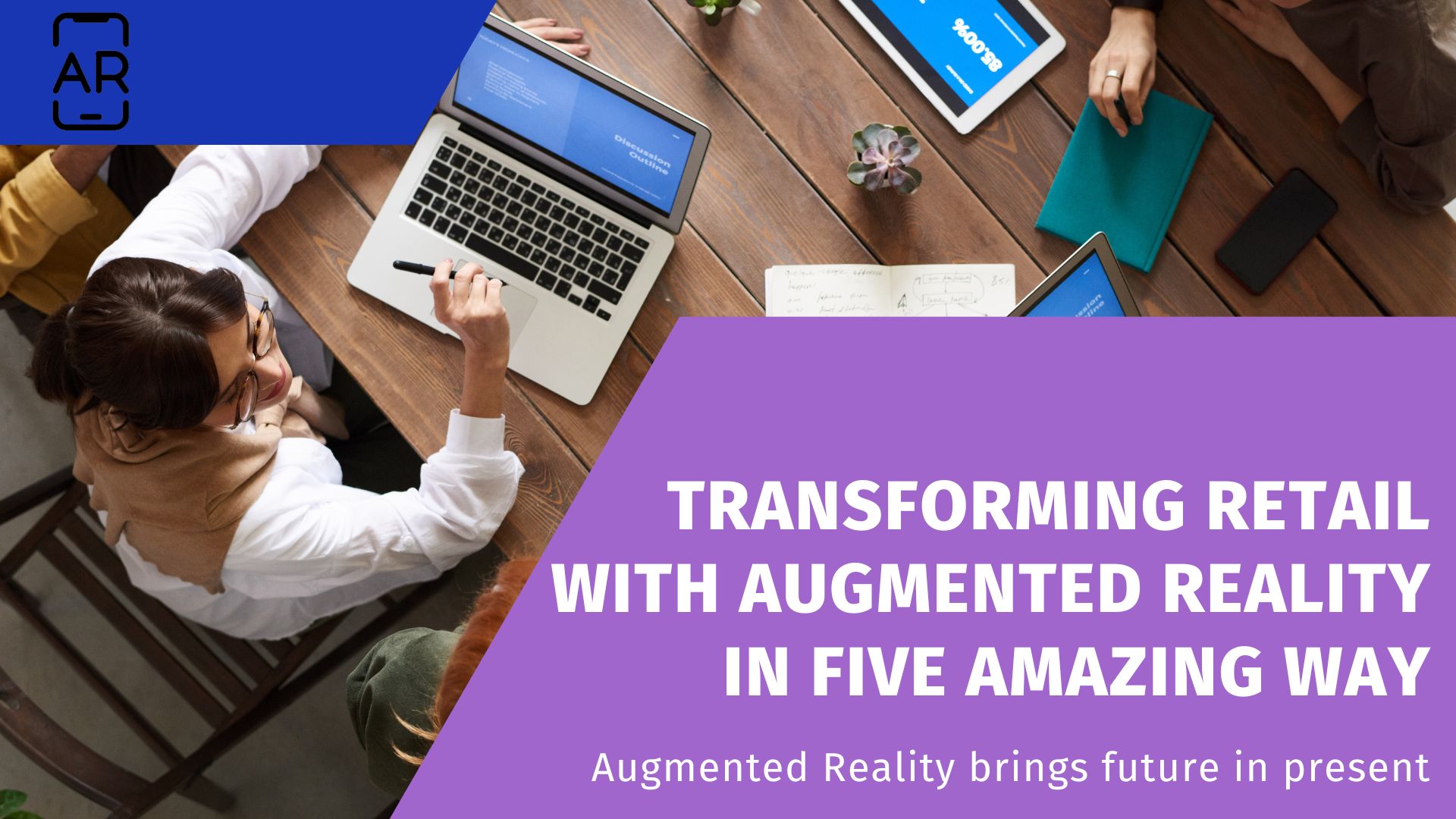Augmented Reality (AR) is revolutionizing the retail industry by enhancing the customer shopping experience. AR technology enables retailers to offer interactive shopping experiences, virtual try-on, in-store navigation, personalized marketing, and enhanced product visualization. AR is changing the way customers engage with brands and shop, creating an immersive, convenient, and personalized experience.

Stay ahead of the tech technology with tips, systems & recommended resources
Stay ahead of the tech curve by unlocking tips, systems, and recommended resources. Keep up to date with the latest tech trends and tools with access to expert insights, industry news, and training materials. Leverage this knowledge to innovate and stay competitive in today's fast-paced digital landscape.
1. Virtually Try On 3D Products
Virtually Try On 3D Products is an interactive technology used in the retail industry that enables customers to experience a product in a virtual environment.
This technology is commonly used in the fashion industry, allowing customers to try on clothes, shoes, and accessories virtually.
It works by creating a 3D digital model of the product that can be overlaid on an image or video of the customer, providing an immersive and convenient shopping experience.
2. Look at 3D Products In Home
Look at 3D products in home is a technology that allows customers to visualize how products would look in their homes before making a purchase.
This technology is commonly used in the home décor industry, allowing customers to virtually place furniture and decor items in their homes.
It works by using augmented reality (AR) to overlay a 3D digital model of the product onto a live video or image of the customer's space, creating an immersive and interactive shopping experience.
3. Gather In-Store Information
Gathering in-store information is a process of collecting data to optimize the in-store shopping experience for customers.
This can include monitoring foot traffic patterns, tracking customer behavior, and using customer feedback to make improvements.
By gathering in-store information, retailers can gain valuable insights into their customers' shopping habits and preferences, and use this information to make data-driven decisions to improve the overall customer experience.
4. Use Virtual Fitting Rooms
Virtual fitting rooms are a technology used in the fashion industry to provide customers with an immersive and convenient shopping experience.
Using augmented reality (AR), customers can see how clothes would look on them without physically trying them on, and retailers can gather data on customer preferences.
This technology is becoming increasingly popular as it allows customers to make more informed purchasing decisions and reduces the need for physical interactions in stores.
5. Build Brand Awareness
Building brand awareness is the process of creating a strong brand identity and increasing brand recognition among target audiences.
This can be achieved through various marketing strategies, including social media campaigns, influencer partnerships, and targeted advertising.
By building brand awareness, retailers can attract new customers, establish brand loyalty, and increase sales and revenue over time.

No comments yet